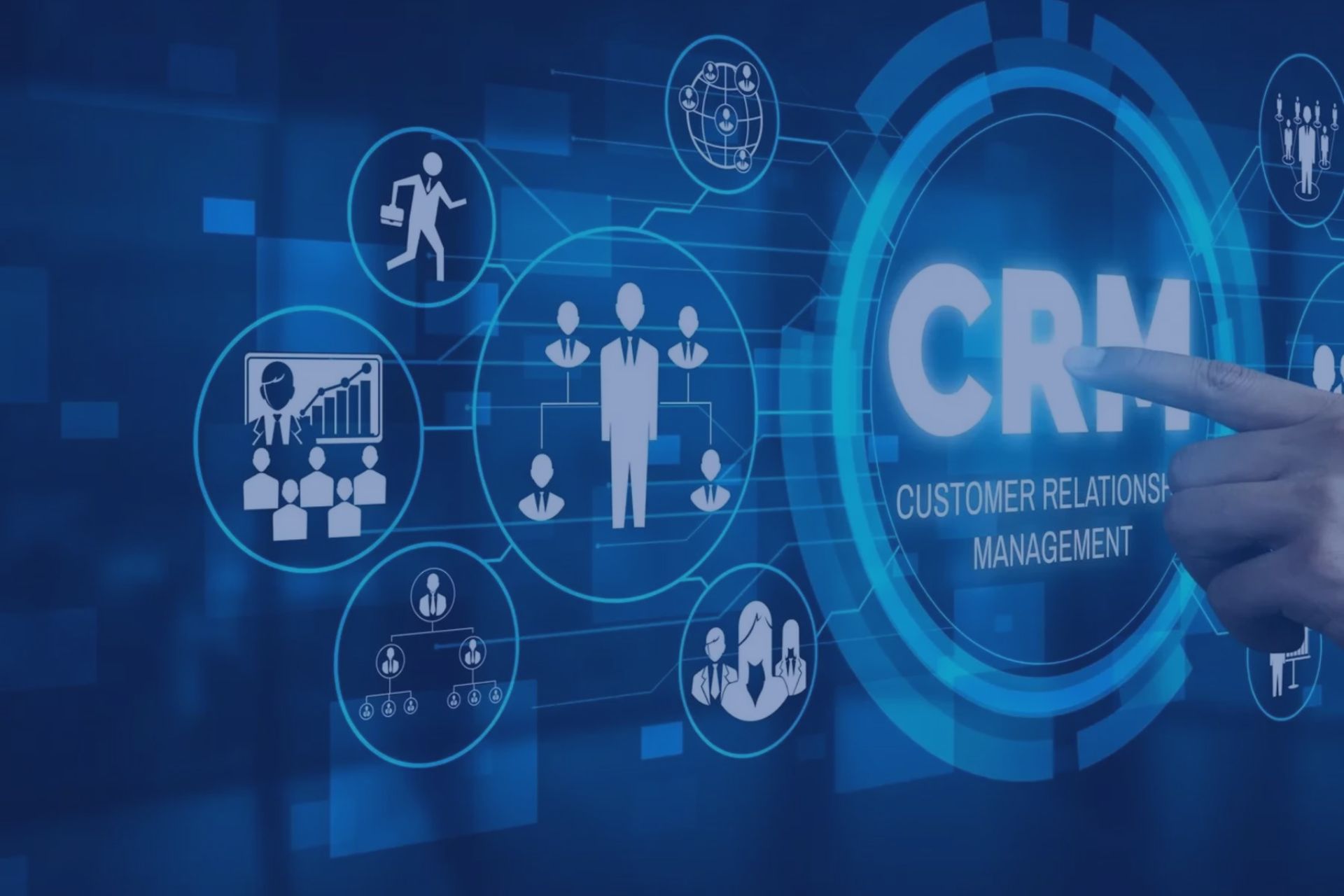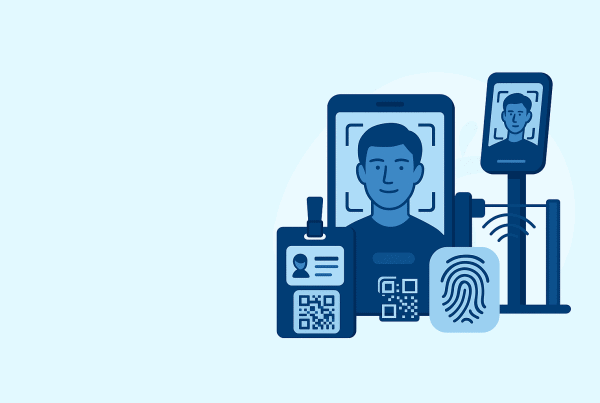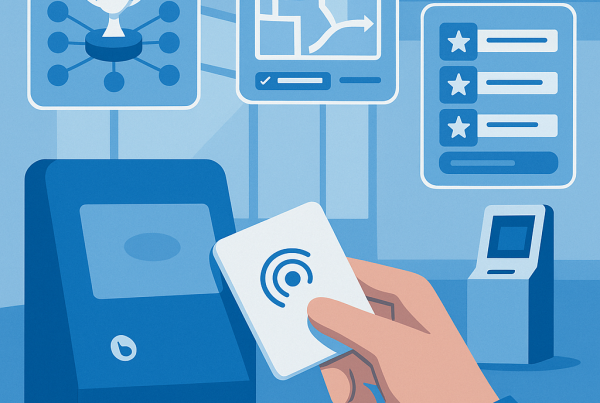When you’re organising an event, you want to optimise your time as much as possible, so the more automated certain processes are, such as sending emails with access codes to the event, the better – this is part of a range of benefits of using event management software. This way, you can focus your time and efforts on tasks that can and should be personalised, and that set you apart from the competition.
The power of an integration lies in this automation of steps. In the case of the integration we’re going to look at today – HubSpot beamian – you can ensure that registering an attendee for an event automatically creates a new contact in your database or updates existing information about them. At the end of the event, you can analyse the journey that each visitor has made during the event and see whether they have become a prospect or a customer.
Today we’re going to talk in particular about what beamian and HubSpot offer and what the advantages are of using them in symbiosis.
beamian event management platform
beamian has an ecosystem for managing events, whether face-to-face, virtual or hybrid. With it, you can make the check-in process easier and faster, monetise the presence of sponsors and offer specific content to different audiences.
What makes this platform different from others? With beamian you get a set of integrated solutions, all in one, where you don’t have to worry about anything else: human support, remote or face-to-face; hardware, we ensure the equipment, its transport and configuration; and software, fed by the data collected by the hardware. With this digital ecosystem, data synchronisation happens in real time.
With beamian you have a platform that goes from the simplest stage of organising an event to the most robust. This event management software allows you to import participant databases, send mass emails with access QR codes and customise the branding of the event page.
You can also give your team access to the platform to monitor KPIs in real time and adjust the event’s configuration immediately. Monitor the life cycle of your event and adopt strategies at each stage to achieve the objectives you have set.
An event is made by people and for people, so without them the success of your event is jeopardised. Hence the importance of involving your audience before and during your event. Before the event, you can send out registration confirmation emails or details of the event’s sessions. At a virtual event, participants are invited to interact with each other via chat or video call, and to ask questions during online conferences. At a face-to-face event, you can take advantage of contactless technology to encourage interaction between people and increase their participation rate throughout the event.
As well as monitoring the event in real time, it’s extremely important to receive personalised reports and statistical analyses – one of the 10 essential features of an event management platform – to help you understand what happened during the event and improve your next events.
HubSpot CRM
HubSpot is a CRM platform that lets you manage your company’s relationship with customers and prospects. It’s a platform for customers with the resources needed to connect marketing, sales, content management, customer service, operations and commerce. With HubSpot you can manage all stages of the sales process, from attracting visitors, to lead generation, to sales and after-sales.
HubSpot’s sales CRM software, named Sales Hub, is a tool for personalised customer relationship management, prospecting, lead follow-up and closing deals. All the data obtained during the customer experience can be used by the marketing team to improve the lead capture strategy and attract even more customers in future actions. This software makes it possible to store and manage prospect and customer information and send personalised, automated emails to potential customers.
HubSpot allows you to control and automate all the stages of a marketing action, from knowing when a lead opens an email or a website page to creating a commercial opportunity and becoming a customer. It also allows you to optimise and improve the post-sales experience, increasing customer satisfaction and loyalty.
In short, using HubSpot is mainly for: marketing actions, with tools that help your company attract and convert prospects into customers; and closing sales, with solutions that allow you to manage and track leads, communicate with customers in a personalised way, and analyse sales performance in detail to improve future actions.
HubSpot beamian integration
Is the perfect symbiosis between an event management platform and a CRM platform possible? Yes, but how? There are two possible ways of doing it.
Scenario 1: Contacts created in HubSpot
1. The contacts are created in HubSpot. The company sets up the lead capture campaigns in HubSpot;
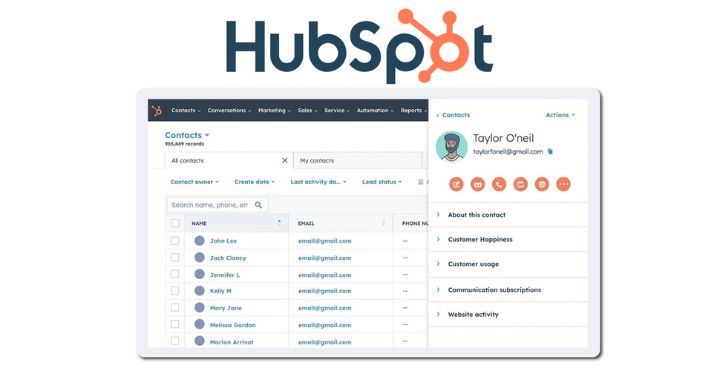
2. Each participant registered for the event is sent to beamian;
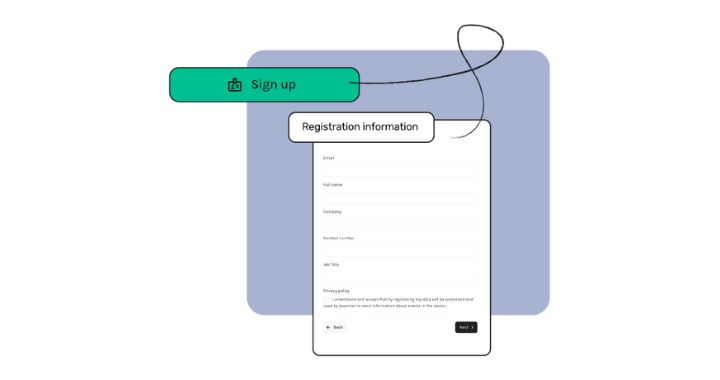
3. beamian generates the event access data and sends an email to the registrant with the QR code and access to the event app;
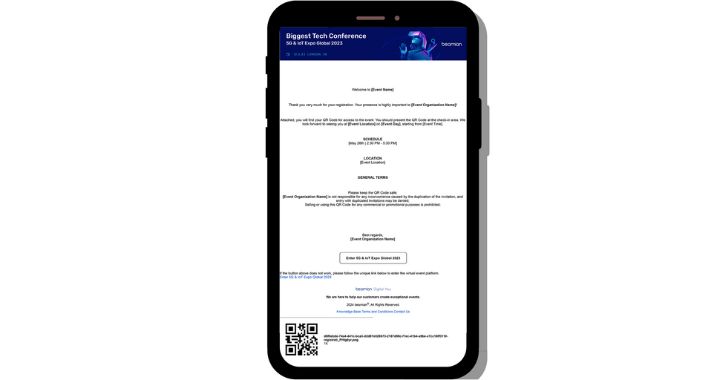
4. During the event, the participant will interact with the platform and all the information from this interaction will be transported back to the client’s HubSpot. For example, if the attendee entered the sessions they signed up for, how long they stayed there, if they showed a preference for certain products, if they interacted with sponsors.
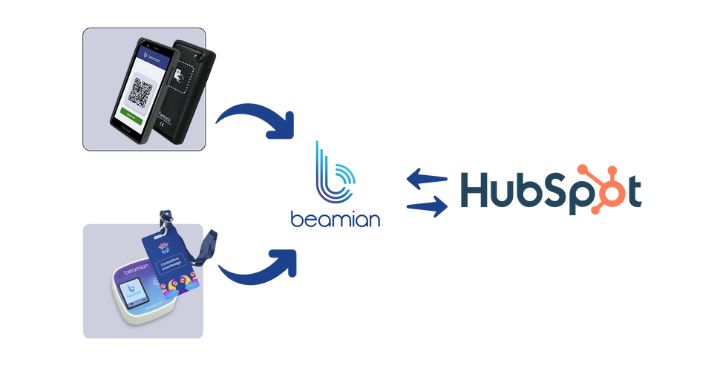
Scenario 2: Contacts created on beamian
1. Tickets for the event are sold on beamian;
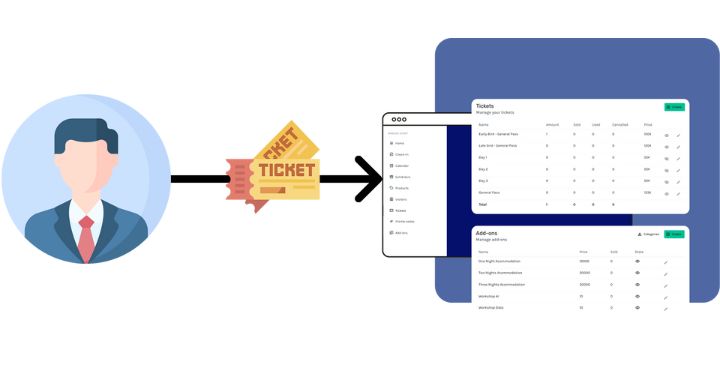
2. After registering the participant and converting their data, their contact is created in HubSpot. Participant qualification begins;
3. beamian generates the access data to the event and sends an email to the participant with the QR code and access to the event app;
4. During the event, the participant will interact with the platform and all the information from this interaction will be transported back to the client’s HubSpot. For example, if the participant entered the sessions they signed up for, how long they stayed there, if they showed a preference for certain products, if they interacted with sponsors.
Either way, participants’ contacts will have to be transported from one platform to the other. However, by having all the contacts created in HubSpot, it is very easy and simple to launch campaigns to attract registrations for the event (scenario 1).
In the first integration option presented, event marketing is made easier by transferring contact details from HubSpot to beamian. New participants in your event, registered on the HubSpot platform, will automatically be created as contacts in beamian.
In both integration options, whether the contacts are created in beamian or in HubSpot, beamian acts as a link between the actions of the participants in the face-to-face event and the information that these actions will generate, information that will be fundamental to feeding the customer journey chain in HubSpot, from attracting a prospect to converting them into a customer. You can see the contacts that existed before your event on the HubSpot platform and see if they became customers after the event. You can also segment event registrants and personalise your event marketing.
With HubSpot’s beamian integration, you can understand and analyse the critical moments along the attendee’s journey at the event. With this data, you can personalise marketing campaigns and target your team’s efforts according to the actions and segmented behaviours of event attendees.
In addition to this integration with HubSpot, beamian has different solutions for integrations with other platforms, such as Salesforce, Grip and B2Match. Further articles explaining these options will be published soon.

